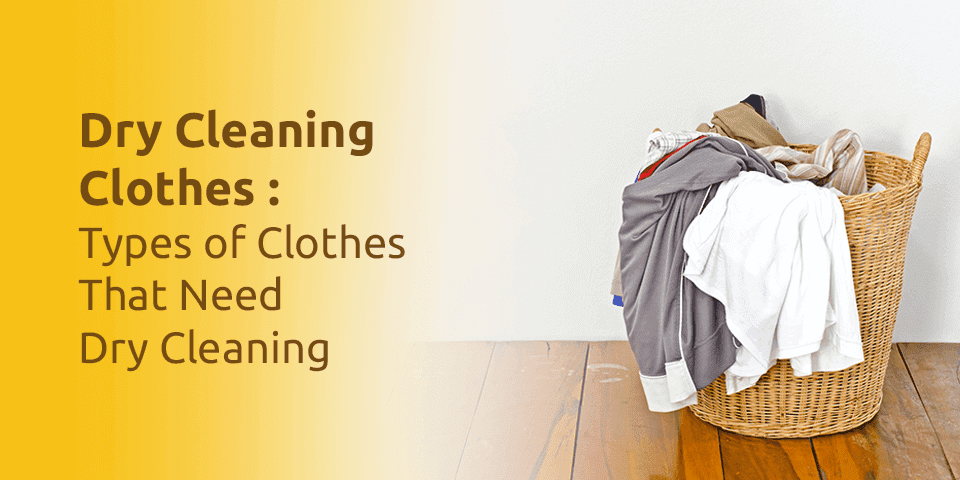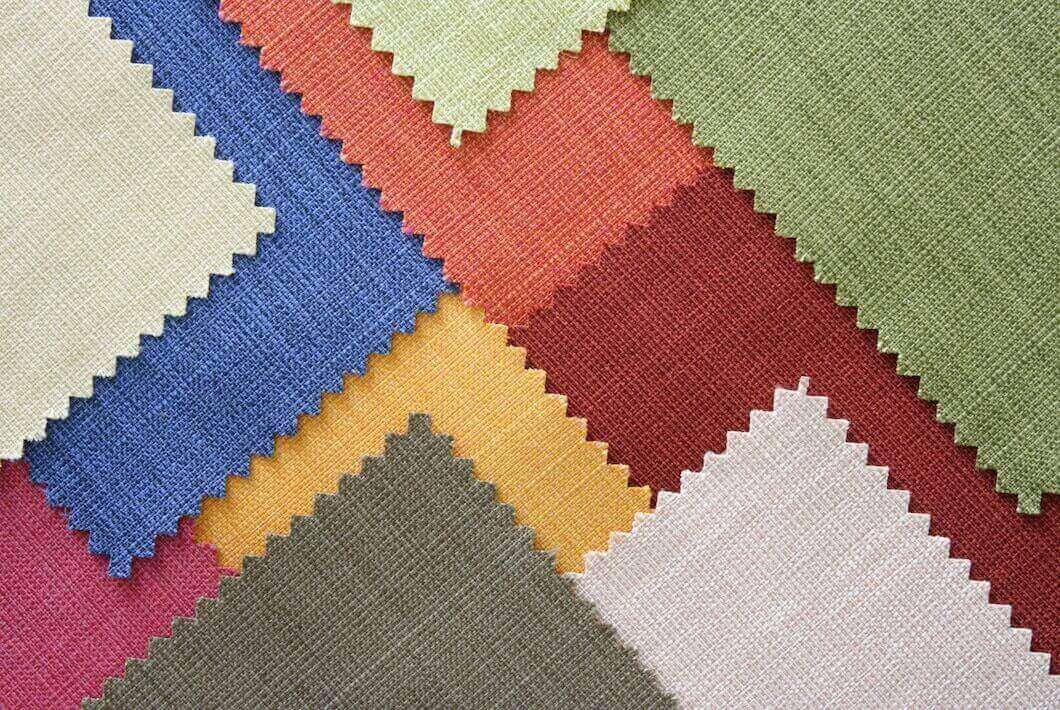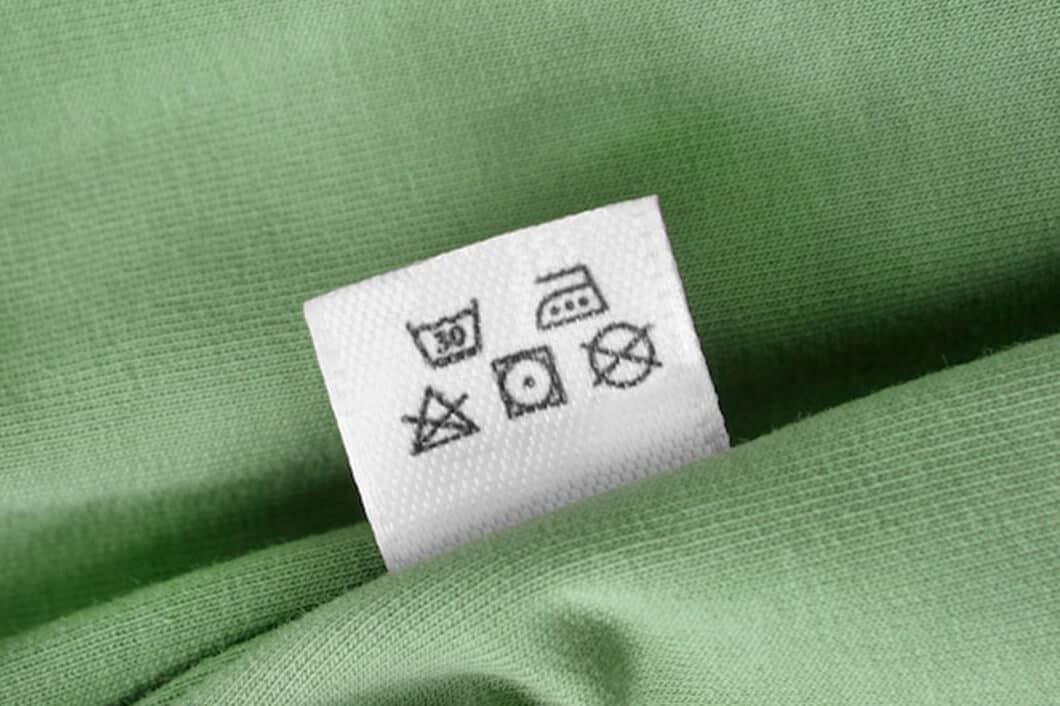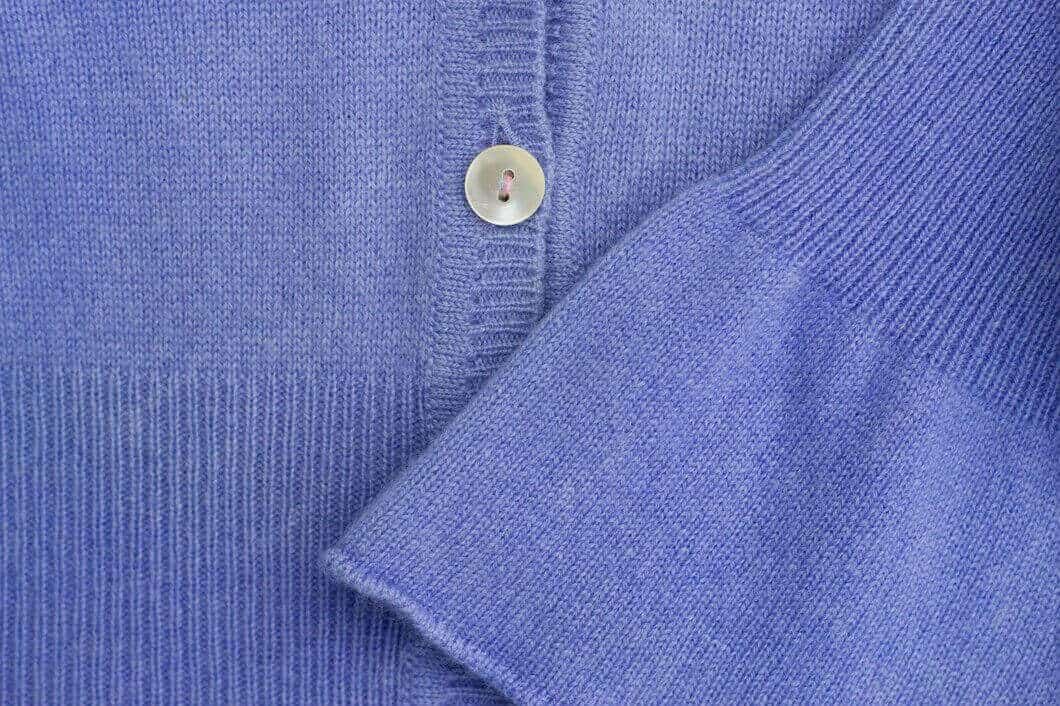Dry Cleaning Clothes: Types of Clothes That Need Dry Cleaning

Best Ways to Remove Cat and Dog Fur from Clothes & Upholstery
July 4, 2022
Top 5 Reasons To Use Commercial Laundry Services
September 6, 2022It is festival time again! Everybody loves wearing new clothes made from rich fabrics and intricate work. But once the festival is over, we all are confused about how to clean and store the new clothes. Life would be easy if we could just toss fancy clothes with our everyday wear in the washing machine. However, different fabrics require different care and treatment. So before diving into the process of dry cleaning clothes, let’s take a look at the various types of fabrics.
Unlock the secret to perfect dry cleaning with our best services
1. Types of Clothing Materials/Fabrics:
There are various materials available in the market that either fall into the natural category or the man-made category.
- Natural fabric:
Natural fibre is obtained from a natural source like a plant or an animal. It is made by processing plant fibre or animal hair or skin. The best example of natural plant fibre is cotton, and animal fibre is silk made from silkworms.
- Synthetic fabric:
Synthetic fibre is man-made fibre. Nylon is a synthetic material.
2. Different fabrics available in the market:
There are over 100 different materials available in the market, but let us discuss a few common and widely used materials found in every person’s wardrobe.
- Cotton:
It is made from insoluble cellulose of the cotton plant. Cotton fibres are spun into the yarn to make the fabrics used in a wide range of clothes.
- Linen:
Linen is made from the flax plant. Although it is a lightweight fabric, it is an extremely strong and used for towels, bed sheets, kurtas, shirts and napkins.
- Silk:
Silk is obtained from the silkworms, which they produce to make their cocoon or nests. It is famous for its shine and softness. It is very durable and strong.
- Chiffon:
Chiffon is a lightweight, plain-woven fabric with a hint of shine. It is widely used to make female clothing like sarees, kurtas, dupattas and dresses.
- Cashmere:
It is a wool fabric made from cashmere or pashmina goats. It is extremely soft and is a great insulator. It is generally used to make warm clothes, shawls, sweaters or stoles.
- Crepe:
Crepe is silk, wool or synthetic fibre which has a wrinkled and rough texture. It is a medium-weight fabric used to make dresses, suits, blouses, etc. It can be made from silk, rayon or polyester.
- Jersey:
Jersey is a soft, stretchy, and knit material. It is generally made from a cotton, cotton blend or synthetic fibres.
- Lace:
Lace is created from yarn or thread that has a mesh-like appearance, made of silk, linen or cotton.
- Polyester:
Polyester is a man-made synthetic fibre created from coal and petroleum. It is long-lasting, but it cannot soak liquid like water and sweat.
- Satin:
Satin is a soft and elastic material. It has a shiny appearance on one side and a dull appearance on another side.
- Viscose:
Viscose is a semi-synthetic fabric made from wood pulp. It is used to mimic the silk fabric. It is much cheaper than silk.
3. How to clean the clothes that you cannot wash?
These fabrics can be hand washed with mild soap. But few materials which are made from fine material need to be taken care of and washed without water.
3.1. What is dry cleaning clothes and how does it work?
Dry cleaning is the process that helps to clean the clothes using organic solvent instead of water and soap. The most common chemical used is tetrachloroethylene or perchloroethylene, also known as “perc”. Detergent is added to the solvents so it can penetrate the fabric and clean the stain. Detergents also help to avoid sticking back to the fabric.
Dry cleaning a fabric has various steps like:
- Inspection and Tagging Process: This is the part where the cleaner examines your fabric, the type of work over it and any stains or abnormalities. The clothes are tagged for dry cleaning respectively.
- Pre-spotting: In this process, the cleaners apply a chemical solvent over the stains on your fabric. They vacuum or heat the stains on the garment to help remove them during dry cleaning.
- The Dry Cleaning Process: The clothes are dipped into a machine with a non-water-based solvent. Throughout the process, the machine releases a steady amount of solvent into the rotating cylinder. The machine then spins to remove excess solvent and releases heat to dry the fabric.
- Post-spotting: The cleaner will repeat the process if the stains are still visible otherwise, it is ready to be delivered to the customer.
- Finishing: Once the dry cleaning is complete, the fabric is pressed or steam ironed to give a neat and clean look.
4. Which clothes need dry cleaning?
If the material has some unique blends or heavy work like lace, sequin or delicate buttons, you cannot wash these clothes in the washing machine. They need dry cleaning to keep the sequin work safe and make the fabric last longer. The clothes for dry cleaning are silk, lace, wool, or other knit fabrics.
Benefits of dry cleaning
- Dry cleaning is less damaging: Dry cleaning is less harsh on the fabrics compared to traditional washing with soap and water. Dry cleaners use their expertise to clean and preserve your fabrics.
- Removes stains and odour: Some stains are tough to remove. But dry cleaning can easily remove the hardest stains such as grease and oil stains. Similarly, some clothes that haven’t been used for a long time might have a particular odour, and dry cleaning can help get rid of that odour.
- Easy to clean big fabrics: It is difficult to clean the curtains, drapes, rugs and oversized comforters at home. Dry cleaning of such clothes ensures proper cleaning and is less damaging.
- Give a long life to the garments: Dry cleaning removes dirt, stains, and soils that can damage the fabric. This helps to increase the life of the fabric.
- Impression: You feel good if you look good. Dry cleaning gives a new fresh look to the garments. When you wear such clothes, there is a boost in the confidence level of the wearer.
- Prevents moths: Dirty and sweaty clothes are the breeding ground for moths and insects. It can damage the cloth. Dry cleaning removes all the dirt from the clothes that keep the fabric moth and insect-free.
- Removes yellow patches from the fabric: Another type of laundry service is removing the yellowing of the white clothes. Yellowing is the oxidation of the stains from food, drinks or any oily substance. Dry cleaning helps to remove such yellow stains from the clothes.
Unlock the secret to perfect dry cleaning with our best services
Conclusion
Dry cleaning and laundry services at FabriCare can help to increase the life of the fabric, keeping it fresh and new. Professional dry cleaners know what kind of cleaning your fabric requires for preserving it for a long time.
Check out our comprehensive laundry services and get in touch with us today!







